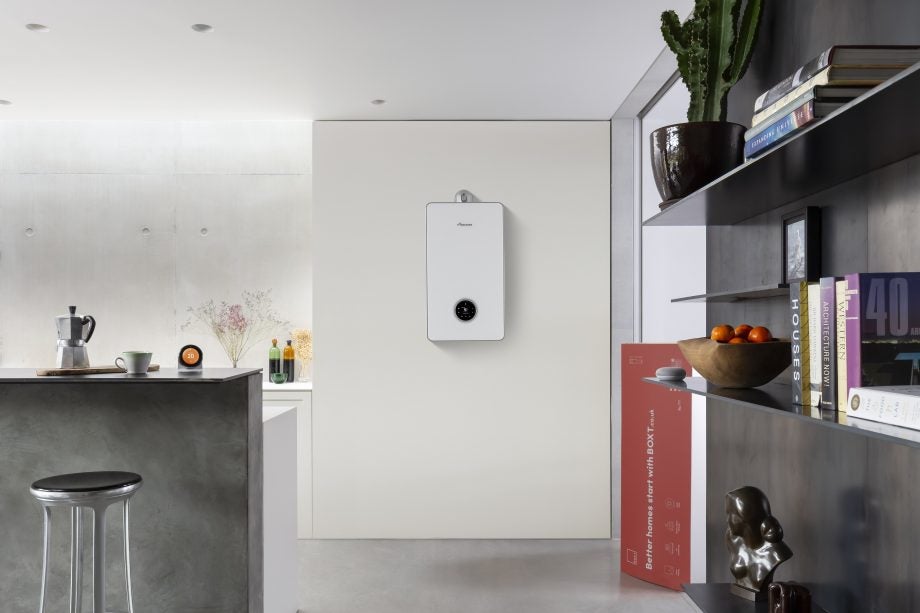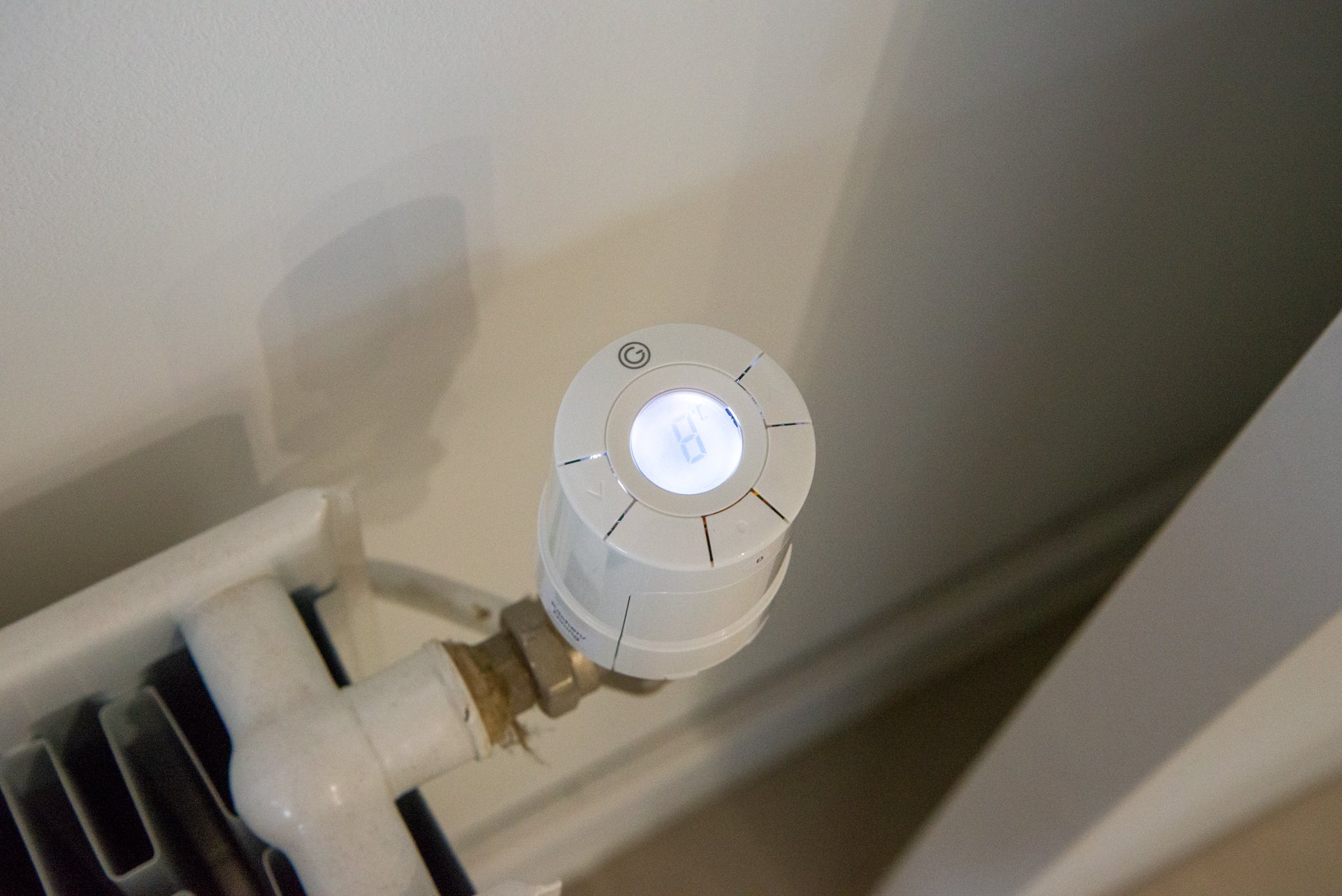Should you leave your heating on all the time?

As we move into the season where our heating gets flicked on, the old argument rises: should you leave your heating on all the time?
Proponents of doing so say that this is cheaper because once your house reaches your desired temperature, it then takes less energy to keep it warm. These people are wrong, and the short version is, don’t leave your heating on all of the time. Here’s more about it.
Having your heating on all of the time doesn’t save money
So, the argument for having heating turned on all of the time is that your heating then only needs to turn on periodically to keep your house at the right temperature. According to some, this is cheaper than letting your home cool down and having to reheat it.
When you look into the figures, this isn’t true. Even the most well-insulated home loses heat through the walls, windows and doors, more so as people go in and out. And, most of us don’t live in the most-insulated homes, with drafty Victorian homes leaking more heat. If you’re not in your house, then keeping your heating on means that you’re largely paying for the heat that dissipates.
It’s a bit like repeatedly boiling a kettle to keep it at maximum temperature, rather than just boiling the right amount of water when you actually need it.
Then, there’s the issue of how your heating works. In the UK, this largely means that you’re burning gas in a boiler, to heat water that gets pumped around your home. With traditional central heating, boilers are set to a specific temperature, and water heated to that level before being pumped around.
If you’ve got thermostatic radiator valves to reduce flow through your system, then you’re heating water to a higher temperature than is output through your radiators, further reducing efficiency.
Instead, it’s better to actually only heat your home as and when you need it, letting radiators cool down when you don’t need them, particularly during the day when the sun can help heat your home for free.
What about underfloor heating?
Underfloor heating (specifically wet underfloor heating) works differently to radiators. Rather than pushing out the hottest heat possible, underfloor heating uses a wider area of low-temperature heat to keep rooms at the right temperature. Underfloor heating is less responsive than radiators (it takes longer to warm up and cool down), so generally has to run for longer periods.
However, even here, having it on all of the time isn’t a good idea. The vast majority of underfloor heating uses the hot water from your central heating boiler, but has to pass it through a blending valve to reduce the water temperature to the right level (30C to 45C, typically). Once again, you’ll be heating water to a higher temperature to cool it down later, which is wasteful.
What should you do?
At the bare minimum, you should make a few minor adjustments to your home. First, make sure that your boiler’s hot water control is set correctly, particularly if you have a modern condensing boiler, which can recapture heat that would otherwise be lost as waste gasses. My guide on setting a condensing boiler temperature correctly has more information, but the short version is that you should set the temperature to a maximum of around 70C to get the highest levels of efficiency. Try dialling down the temperature further if you can.

Next, make sure that you have your thermostat set to a sensible level: around 18C will give you the best combination of savings, while maintaining a good internal temperature. According to the UK Government, turning the thermostat down by 1 degree from 19C to 18C saves 16TWh per year.
Adjust your timer settings, to turn your heating off when you’re usually not in the house and while you’re sleeping. These are the basics, but technology can help you go further.
Use a smart thermostat
Smart thermostats are a proven way to save you money. As well as having more sensitive temperature sensors, which can shut off the heating faster than old dumb mechanical thermostats, they have some clever tricks up their sleeves.
First, you can set temperature and time schedules, say having your heating reducing heat before you go to bed, then coming on cooler in the morning before getting warmer in the evening. Beyond the basics, smart thermostats can often be set automatically to turn off when nobody is home, saving energy warming an empty house.
My guide to the best smart thermostats will help you find the right model, but here are some features to look out for.
First, see if you can get an OpenTherm thermostat for a modern boiler. OpenTherm is a technology that lets the thermostat modulate the boiler’s output, heating the water to the level that’s demanded, rather than a set temperature. This can often result in cooler water temperatures, run for longer periods of time: your home may take a little longer to warm up, but it will be a lot cheaper to do so.
Technology to automatically shut off the heating early can help. Traditional heating systems cut off when the thermostat is tripped, but latent heat from the radiators can push the temperature beyond this; smart thermostats learn how your home warms up, so they can cut the heating early and use the latent heat to get your house to the right temperature.

For the best savings, look for a system that uses smart radiator valves. These let you temperature control (and schedule) rooms individually, so you’re only ever heating the parts of the house that you’re using. For rooms that you don’t use much, you can schedule them to stay at a low temperature to avoid mould growth, while enjoying the best energy savings.


